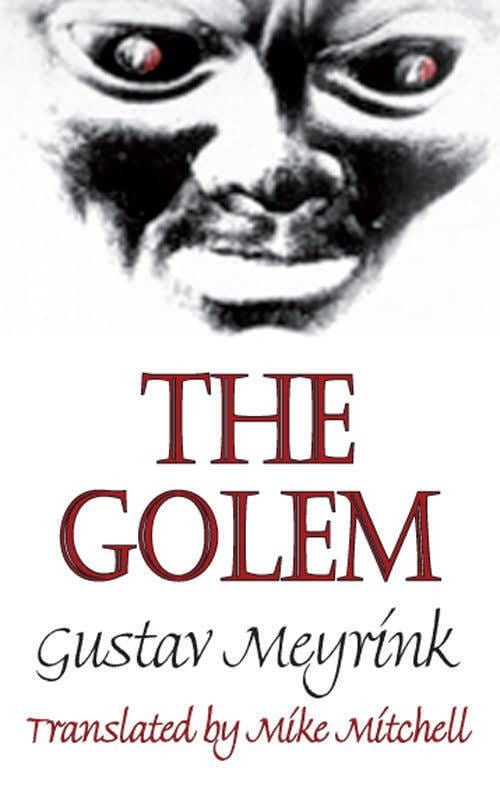7.8 /10 1 Votes
Original title Der Golem Language German Originally published 1914 Adapted from Le Golem | 3.9/5 Goodreads Country Germany Publication date 1914 | |||||||||||||||||||||||||||||||||
 | ||||||||||||||||||||||||||||||||||
Similar Gustav Meyrink books, Other books | ||||||||||||||||||||||||||||||||||
The Golem is a novel written by Gustav Meyrink in 1914.
Contents
First published in serial form as Der Golem in 1913-14 in the periodical Die weissen Blätter, The Golem was published in book form in 1915 by Kurt Wolff, Leipzig. The Golem was Meyrink's first novel. It became his most popular and successful literary work, and is generally described as the most "accessible" of his full-length novels.
Plot
The novel centers on the life of Athanasius Pernath, a jeweler and art restorer who lives in the ghetto of Prague. But his story is experienced by an anonymous narrator, who, during a visionary dream, assumes Pernath's identity thirty years before. This dream was perhaps induced because he inadvertently swapped his hat with the real (old) Pernath's. While the novel is generally focused on Pernath's own musings and adventures, it also chronicles the lives, the characters, and the interactions of his friends and neighbors. The Golem, though rarely seen, is central to the novel as a representative of the ghetto's own spirit and consciousness, brought to life by the suffering and misery that its inhabitants have endured over the centuries.
The story itself has a disjointed and often elliptical feel, as it was originally published in serial form and is intended to convey the mystical associations and interests that the author himself was exploring at the time. The reality of the narrator's experiences is often called into question, as some of them may simply be dreams or hallucinations, and others may be metaphysical or transcendent events that are taking place outside the "real" world. Similarly, it is revealed over the course of the book that Pernath apparently suffered from a mental breakdown on at least one occasion, but has no memory of any such event; he is also unable to remember his childhood and most of his youth, a fact that may or may not be attributable to his previous breakdown. His mental stability is constantly called into question by his friends and neighbors, and the reader is left to wonder what if anything that has taken place in the narrative actually happened.
Main characters
Minor characters
Adaptation for film and theatre
The novel was the basis for the following movie by Piotr Szulkin:
However, it was not the basis for three films of the same title by Paul Wegener, which, rather, adapt the original Golem legend:
Nor was it the basis for the operas of Eugen d'Albert (Der Golem (opera)) or Nicolae Bretan (Golem (opera)).
